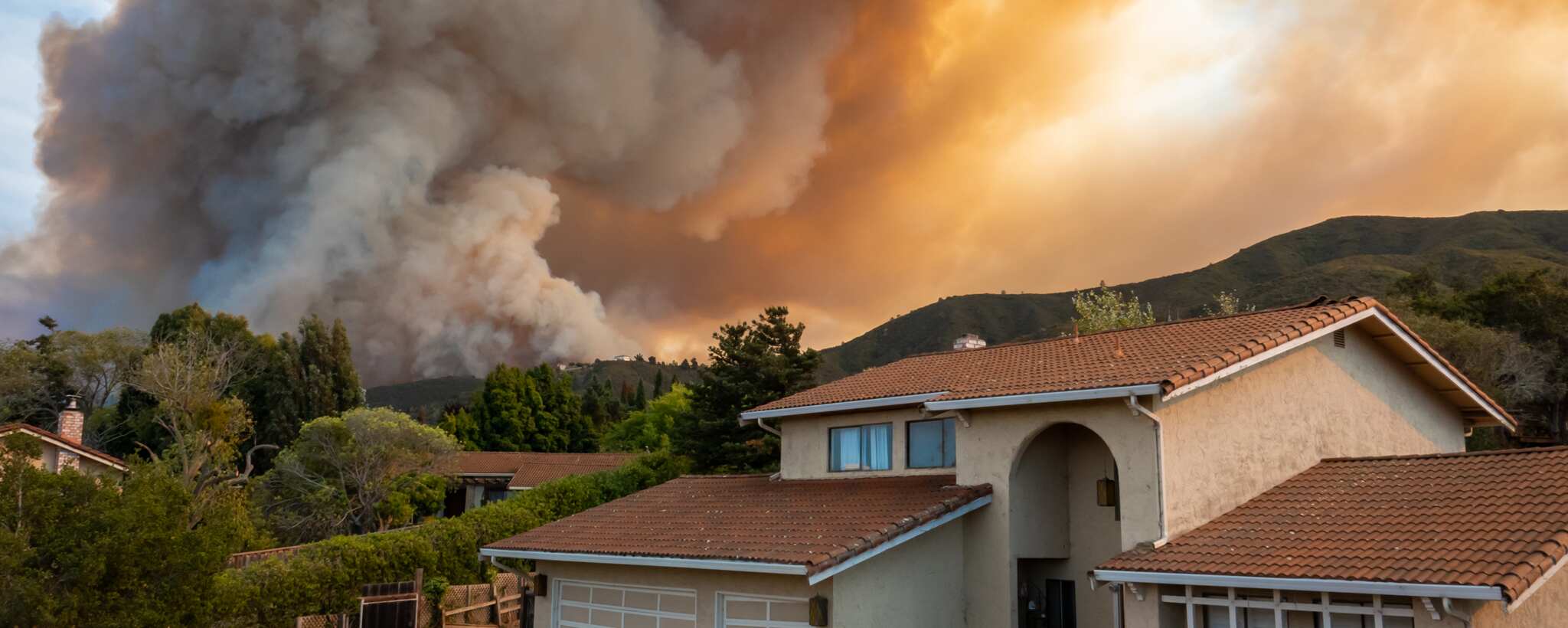Below are summaries from the National Significant Wildland Fire Potential Outlook, provided by the National Interagency Fire Center, for the period of March through June 2023. Additionally, the full wildfire outlook can be located here.
Year-to-Date Statistics:
| Year-to-date statistics | Number of Fires | Acreage Burned |
| 2023 (01/01/23 – 03/01/23) | 3,485 | 28,701 |
| 10-year Average (2013-2022) | 4,000 | 82,012 |
| Percentage of 10-year Average | 87% | 35% |
Source: https://www.nifc.gov/fireInfo/nfn.htm
Observations in February:
Significant fire activity was minimal across much of the US during February as upper-level trough passages continued to bring timely periods of precipitation and limit significant fire potential. However, a small increase in significant fires occurred over portions of the Southwest and Southern Areas from eastern New Mexico to the Gulf Coast. Year-to-date acres burned for the US is significantly lower than the 10-year average, while a below average number of fires near 87% of the average.
Less precipitation and overall dry conditions began at the beginning of the month throughout the western part of the country. As troughs moved across the Plains and towards the East, record precipitation led to decent drought improvement in portions of the Southeast. In the last weeks of the month, California received low level snow as heavy snow fell through the rest of the West Coast.

US Drought Monitor Status as of March 1, 2023
US Drought Status
Drought improvement was observed across California into portions of the Great Basin due to continued impacts from the numerous atmospheric river events during January, along with periodic, albeit light, precipitation. Drought improvement also occurred over portions of the Southeast coast due to above normal precipitation received at the beginning of February. However, drought continues in over 40% of the country, and drought expanded in portions of the Florida Peninsula, northwest Montana, and the Idaho Panhandle. The most intense drought remains on the portions of the central Plains, particularly western Kansas, with severe to extreme drought also in portions of Oregon, Nevada, Utah, Montana, and Texas.
Wildfire Outlook for March – June:
Below normal temperatures are likely from Washington eastward into portions of the northern Plains through May. Above normal temperatures are forecast from the Southwest into the Appalachians, southern Plains, and Gulf and East Coasts, while equal chances of above or below normal temperatures are forecast from California extending northeast into the western Great Lakes. Above normal precipitation is most likely from the Great Lakes into the Mid-Mississippi Valley into the central and southern Appalachians and Mid-Atlantic. Below normal precipitation is most likely across the Southwest into the southern High Plains and on the Florida Peninsula. Drought is anticipated to expand into portions of Texas and the Florida Peninsula, but drought conditions will likely improve across the Northwest, northern California, northern Great Basin, Montana, northern Plains, and Michigan. Drought removal is likely in some portions of the improvement area as well.
Above normal significant fire potential is forecast for the Florida Peninsula and Georgia coast March through May before returning to normal potential in June. Above normal potential is also forecast for southern New Mexico in March and April. Portions of south and west Texas are forecast to have above normal potential in March, retreating to the west Texas mountains for April and May. Below normal significant fire potential is forecast for much of the northern tier of the Southern Area, from eastern Oklahoma into the southern Appalachians. Below normal potential is also forecast for the Mogollon Rim and southern Great Basin mountains in May, with below normal potential in northwest Arizona, central Utah, and the Spring Mountains of southern Nevada in June.

March 2023 NIFC Predictive Services Fire Potential Outlook

April 2023 NIFC Predictive Services Fire Potential Outlook

May 2023 NIFC Predictive Services Fire Potential Outlook

June 2023 NIFC Predictive Services Fire Potential Outlook
Source: NIFC




